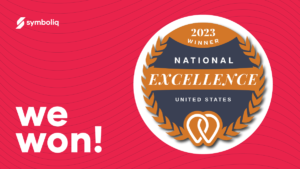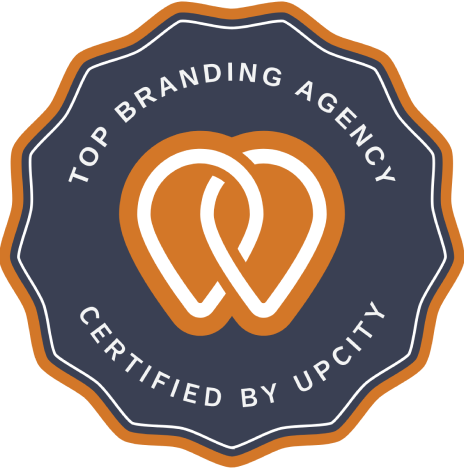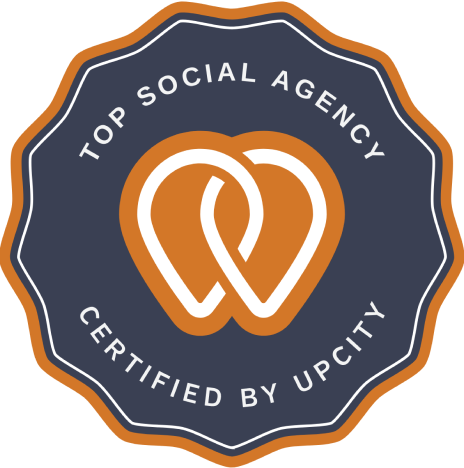Not all content needs to be shared everywhere. And not all content is suitable for every social media platform. Think of it as tailoring your message to your audience. Or adapting your communication style depending on who you are around. Who you are at work might act differently than who you are with friends or family.
Most people think social media is either for sharing pictures, videos, or some sort of status update. While they are not wrong, the content can be wildly different. There are of course cases where the same message can be on every platform. To make sure you are using all of these tools appropriately we have broken down the basics.
To pick the best social media network for your business, learn about the top channels and how to use them for business. Here are the basics you should know about the most popular social media platforms.
How to Master the Top 4 Social Media Platforms
1. Facebook
Facebook is still the most popular social media tool to advertise on-despite the recent negative media attention. You can use Facebook to share everything from photos to important company updates. For more lengthy videos and a large number of photos, Facebook is your best bet.
With a business account, you have access to powerful advertising tools and in-depth analytics. Business pages also have a lot of customization options, and you can highlight information such as your contact information, hours of operation, the products and services you offer, and much more.
The largest demographic to use Facebook were 25 to 34-year-old women making up 3 percent of U.S users. If your company is a product or service geared towards teens and pre-teens, this might not be the best approach.
2. Instagram
Instagram is increasing in popularity every day. Before you decide if Instagram should be part of your social strategy, you need to hear the statistics: 33% of internet users are on Instagram, 60% of Instagram users login daily, approximately 80 million users reside in the United States, and engagement on Instagram is 10x higher than Facebook and 84x higher than Twitter.
Some rules to follow-Don’t post too much. Larger brands and celebrities can get away with this slightly more, but you never want to be filling someone’s feed.
Create an aesthetic. This transfers into your online persona. Having a visually pleasing-looking feed is incredibly important. Keeping posts and filters consistent but remembering to mix it up is key.
Use a Hashtag strategy. Hashtags will get you noticed, increase engagement and build your following. “A good Hashtag strategy includes Hashtags that are brand specific, industry-relevant and trending.”
3. Twitter
Twitter is great for short blurbs, updates, and links to blogs because of the 240 characters limit. With added features like videos, images, links, polls it is extremely engaging. It’s also easy to interact with users on this platform by mentioning users in your posts along with liking and retweeting tweets.
According to Pew’s findings, the typical Twitter user continues to be an 18-29-year-old educated minority with a well-paying job and is slightly more likely to be male than female https://www.adweek.com/digital/twitter-user-demographics/ This younger demographic fits into the millennial generation. Where Millennial’s use Instagram as more of a “highlight reel”, Twitter showcases more raw, funny, and honest life situations.
4. LinkedIn
LinkedIn host the older demographics and usually most educated groups. These platforms are for professional content, but this doesn’t mean any less creative.
LinkedIn can be a powerful tool for individuals and companies looking to make new connections, generate leads, and build their brand. While it’s an important platform for all businesses, LinkedIn can be a true game-changer for B2B (business to business) companies. 2012 research by Hubspot found that LinkedIn referral traffic had the highest visitor-to-lead conversion rate among social networking sites; higher even than Facebook or Twitter. They found that LinkedIn had average conversion rates of 2.74%, compared to Facebook’s .77% and Twitter’s .69.
Keep things very professional on Facebook you can give an update about your niece or nephew but LinkedIn is not the place.
Post regular status updates. Talk about what you’re working on and who you’re working for. Include updates that would be of interest to your target customers and clients. Focus on how what you’re doing can help others achieve their goals.
Participate in groups. Join groups related to your business and your interests. Discussion participation can help establish you as an expert in your field. Don’t spam or always talk about your business. Instead, answer questions and be a resource that people trust.
If you liked this Symboliq Media blog, check out these other related articles:
–Using psychographics to increase marketing success
–How to Target + Retain Repeat Customers






